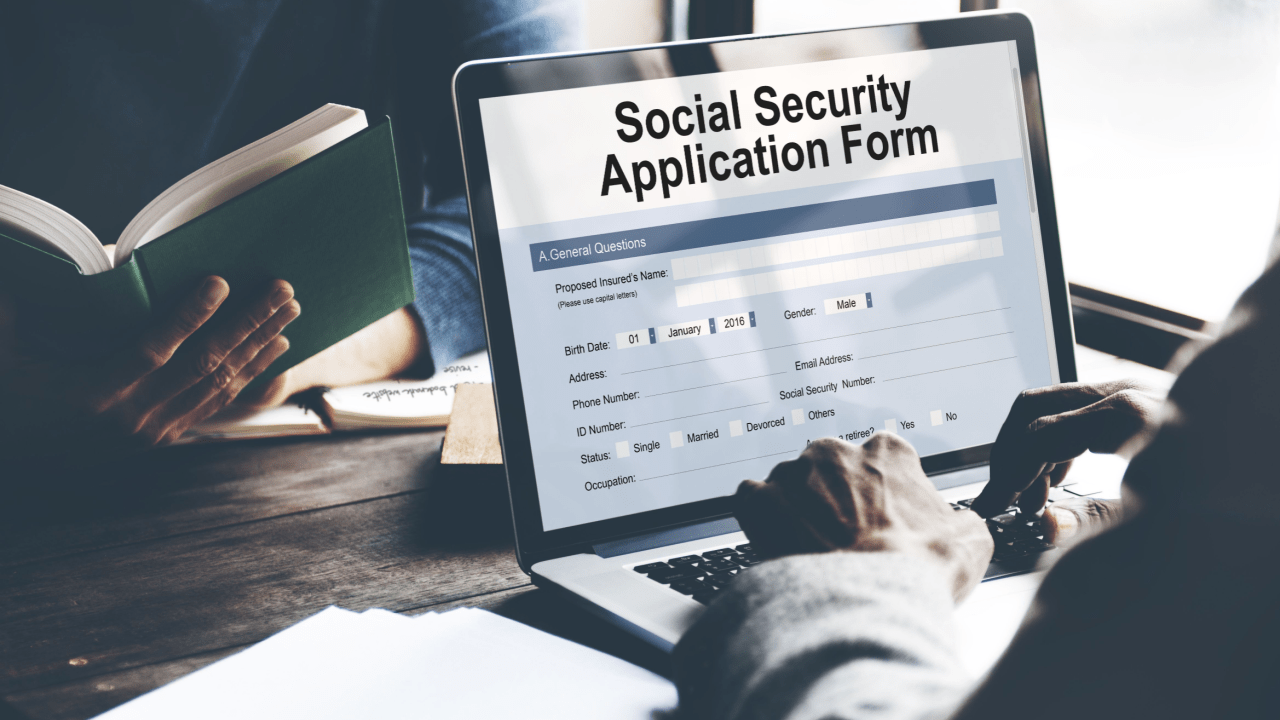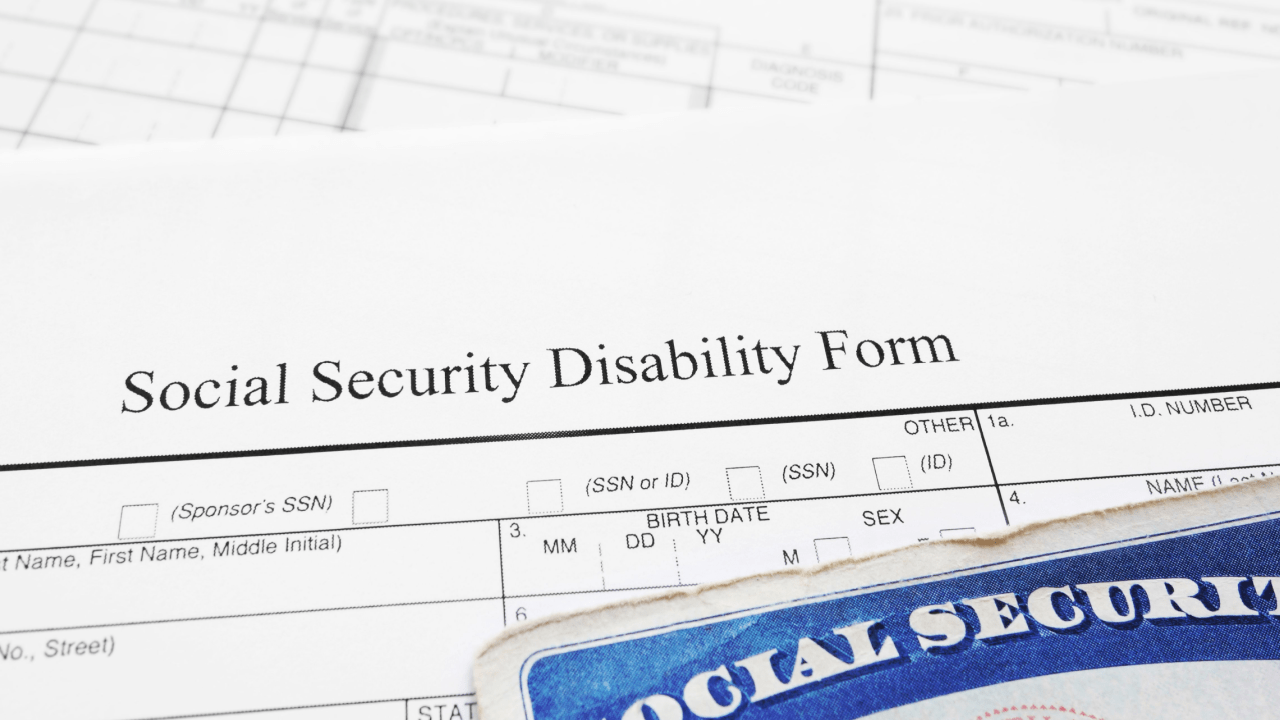
Why Do Most People Get Denied for SSDI? Top 5 Reasons
Denial Rate Insight: Why Most SSDI Claims Get Denied
Understanding why do most people get denied for SSDI starts with examining the sobering statistics. According to recent Social Security Administration data, approximately 70% of initial SSDI applications face denial, with only about 35% of initial applications approved nationally in 2022. This high denial rate stems from both medical and non-medical factors that applicants often overlook during the application process.
The journey toward Social Security Disability Insurance approval proves challenging for millions of Americans each year. Around 2 million people apply for disability benefits annually in the United States, yet the path to approval involves multiple hurdles that catch many applicants off guard. Understanding these barriers helps applicants prepare stronger claims and avoid common pitfalls that lead to rejection.
Denial Cause Breakdown: Top 5 SSDI Rejection Reasons
1. Documentation Deficiency Alert: Insufficient Medical Evidence
The most common reason SSDI claims are denied is inadequate medical documentation, with the SSA requiring comprehensive medical evidence that clearly establishes both your medical condition and how it prevents you from working. Many applicants underestimate the level of detail required to prove disability under Social Security guidelines.
Your medical records must demonstrate consistent treatment, clear diagnoses, and detailed documentation of how your condition limits work activities. Medical records that lack a clear diagnosis, show sparse treatment, or don’t include doctor’s notes about work limitations will not support an SSDI claim. Regular medical care with thorough documentation becomes essential for approval.
2. Work History Warning: Insufficient Work Creditss
Technical denials account for about 43% of initial applications, with insufficient work credits being the most common non-medical reason for denial. SSDI requires applicants to have worked long enough and recently enough in jobs covered by Social Security.
Generally, SSDI applicants need 40 work credits to qualify, with 20 earned within the last 10 years ending with the year when disability began. Work credits are earned based on annual income, with one credit earned for every $1,810 in 2024, up to four credits per year. Younger applicants may qualify with fewer credits, but work history remains crucial.
3. Income Limit Trigger: Earning Too Much Income
If you earn more than the Substantial Gainful Activity (SGA) limit when applying, your claim will be automatically denied regardless of your medical condition’s severity. For 2025, the SGA earnings limit is $1,620 per month for non-blind individuals and $2,700 for blind individuals.
This income threshold reflects the SSA’s assumption that if you can earn above these amounts, you’re not disabled enough to require benefits. Planning your application timing around income fluctuations can help avoid this denial reason.
4. Noncompliance Risk Flag: Not Following Prescribed Treatment
If the SSA finds that applicants haven’t followed prescribed medical treatments without valid reason, claims face denial because non-compliance suggests the condition isn’t debilitating. However, legitimate reasons for treatment non-adherence include severe medication side effects, financial barriers, or medical contraindications.
Documenting reasons for treatment modifications or non-compliance becomes essential. Healthcare providers should note in medical records any barriers to treatment adherence, creating a paper trail that explains gaps in care.
5. Technical Error Warning: Application and Administrative Mistakes
Technical errors in applications or failure to meet non-medical eligibility requirements cause approximately 30% of SSDI rejections. Common technical issues include missing application deadlines, incomplete forms, inconsistent information between documents, and failure to respond to SSA requests for additional information.
Critical deadline awareness becomes essential, as applicants have only 60 days from receiving a denial notice to file an appeal. Missing this deadline requires starting the entire process over, potentially losing months of benefits.
Appeal Success Path: Why Most SSDI Claims Deserve a Second Look
While initial denial rates reach 70%, the appeals process significantly improves approval odds, with about 54% of claims approved at administrative hearings. Understanding why do most people get denied for SSDI helps applicants prepare for successful appeals.
Following a cohort of applicants through the complete process, roughly 1 in 3 ultimately receive benefits approval. The appeals process includes reconsideration, administrative law judge hearings, Appeals Council review, and federal court review.
Most successful claims go through at least one denial before approval. The hearing level offers the best opportunity to present your case fully, with approval rates nearly twice as high as initial applications.
Approval Strategy Insight: Strengthening Your SSDI Claim
Understanding why do most people get denied for SSDI empowers applicants to build stronger cases. Focus on comprehensive medical documentation with regular treatment records, detailed physician notes about work limitations, and consistent medical care that demonstrates ongoing disability.
Verify work credit eligibility before applying, ensure income stays below SGA limits, and maintain detailed records of treatment compliance or documented barriers to care. Complete applications thoroughly, respond promptly to SSA requests, and mark important deadlines clearly.
Expert Help Advantage: Why Legal Representation Boosts SSDI Approval
Legal representation significantly impacts approval rates, with disability attorneys helping applicants navigate complex requirements and strengthen claims. Professional assistance becomes particularly valuable for appeals, where attorney representation correlates with higher approval rates and can triple your chances of approval.
Experienced disability professionals understand why most people get denied for SSDI and help address specific weaknesses in applications before they become denial reasons. They gather comprehensive medical evidence, ensure proper documentation, and present compelling cases during hearings. At SocialSecurityDisability.com, our team specializes in helping applicants avoid common denial pitfalls and build winning SSDI claims. Visit SocialSecurityDisability.com to learn how we can strengthen your case and maximize your chances of approval.
Frequently Asked Questions
1. What percentage of people get denied for SSDI initially?
Approximately 70% of initial SSDI applications face denial, with only about 35% approved at the initial application stage nationally.
2.Can I reapply if my SSDI claim is denied?
Yes, but appealing offers better outcomes than reapplying. Appeals maintain your original filing date for back pay calculations and offer higher approval rates at hearing levels.
3. How long does the SSDI appeals process take?
Initial applications take approximately 4-6 months to process, while appeals can add an extra 6-8 months for hearings, potentially extending the total process to two years.
4. Why do most people get denied for SSDI on medical grounds?
Insufficient medical evidence represents the primary medical denial reason, with applications lacking comprehensive documentation of both the condition and its work-related limitations.
5. What are technical denials in SSDI applications?
Technical denials affect about 43% of applications and occur when applicants don’t meet non-medical requirements like insufficient work credits or exceeding income limits.
Key Takeaways
- High Denial Rates: Approximately 70% of initial SSDI applications face denial, but appeals significantly improve approval odds
- Medical Evidence Critical: Comprehensive medical documentation proving both condition severity and work limitations essential for approval
- Work History Matters: Most applicants need 40 work credits with 20 earned in the last 10 years to qualify for SSDI benefits
- Income Limits Apply: Earning above $1,620 monthly (2025 limit) results in automatic denial regardless of disability severity
- Appeals Improve Odds: Administrative hearings approve about 54% of cases, nearly doubling approval rates compared to initial applications


